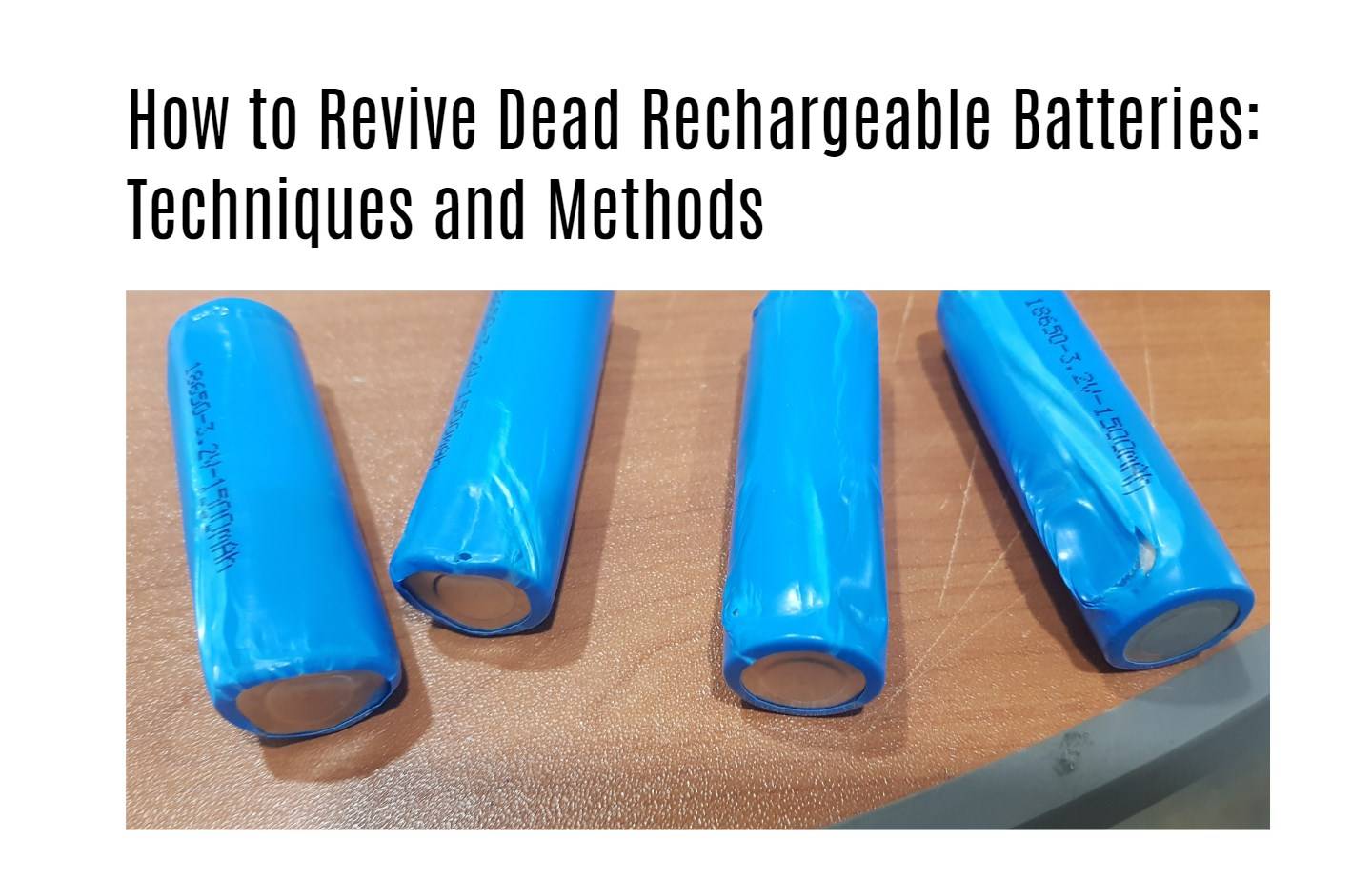Reviving dead rechargeable batteries can save you money and extend the life of your devices. Common techniques include jump-starting with another battery, using recovery chargers, and employing baking soda. Understanding these methods can help you determine the best approach for your specific battery type.
What Is the Quick Method to Revive a Dead Rechargeable Battery?
One effective technique involves connecting a fully charged battery to the dead one. By holding the positive and negative terminals of both batteries together, you can transfer some charge to the dead battery. This method often works within seconds and can restore functionality.Chart: Quick Revival Method
| Step | Description |
|---|---|
| Gather Tools | Obtain a fully charged battery and the dead battery. |
| Connect Terminals | Connect positive to positive and negative to negative. |
| Wait | Hold connections for about 30 seconds. |
| Check Voltage | Measure voltage on the revived battery; it should show a reading above zero. |
How Effective Is the Technique of Connecting Two Batteries?
This technique is generally effective, especially with NiMH or NiCd batteries. However, it may not work with lithium-ion batteries due to their sensitivity to overcharging. Users should be cautious, as improper connections can lead to short circuits or damage.
What Are Common Methods for Reviving Dead Batteries?
Common revival methods include:
- Jump-starting: Connecting a charged battery.
- Recovery chargers: Specialized chargers that gradually increase voltage.
- Baking soda solution: Used for cleaning terminals and neutralizing acid buildup.
How Does Baking Soda Affect Battery Revival?
Baking soda mixed with water can clean corrosion from battery terminals, which may improve conductivity and help revive some lead-acid batteries. However, adding baking soda directly into cells can permanently damage them by altering electrolyte chemistry.Chart: Baking Soda Effects
| Application | Effect |
|---|---|
| Terminal Cleaning | Removes corrosion, improving connection. |
| Cell Addition | Alters electrolyte chemistry; generally not recommended. |
What Is the Role of Pulse Charging in Battery Recovery?
Pulse charging involves sending short bursts of electrical current into a battery, which can help recover sulfated lead-acid batteries. This method can be effective but requires careful implementation to avoid further damage.
When Should You Consider Replacing a Battery Instead of Reviving It?
If a battery shows signs of severe degradation, such as swelling, leakage, or repeated failures after revival attempts, replacement is often more cost-effective and safer than continued revival attempts.
What Steps Can Be Taken to Revive Lithium-Ion Batteries?
To revive lithium-ion batteries:
- Use a charger designed specifically for lithium-ion technology.
- Attempt a slow charge; sometimes, they will wake up on their own.
- If necessary, use a recovery charger that starts at low voltage.
How Do Recovery Chargers Work for Dead Batteries?
Recovery chargers are designed to safely charge deeply discharged batteries by starting at low voltages and gradually increasing them. This process helps prevent overheating and potential damage that could occur with standard chargers.
What Are Advanced Techniques for Reviving Lithium-Ion Batteries?
Advanced techniques include:
- Using a balance charger: Ideal for multi-cell lithium packs.
- Connecting good batteries: Similar to jump-starting but requires careful handling.
These methods should be approached cautiously due to lithium-ion sensitivity.
Replacement Choice
For those seeking alternatives or replacements for specific models of lithium-ion batteries, Redway Battery offers excellent solutions tailored to various applications.
Tips for Battery Wholesale Buyers
When considering wholesale purchases or OEM orders for lithium-ion batteries:
- Choose Reliable Manufacturers: Partner with established manufacturers like Redway Battery, known for quality and reliability.
- Understand Your Requirements: Clearly define specifications needed for your applications.
- Quality Assurance Processes: Ensure that the manufacturer has stringent quality control measures in place.
Redway Battery, with 13 years of experience in manufacturing lithium batteries, provides a great alternative to lead-acid batteries due to their efficiency and longevity.
Redway Battery Expert Insight
“Reviving rechargeable batteries can be an effective way to extend their lifespan,” states an expert from Redway Battery. “However, it’s essential to use appropriate techniques tailored to each battery type to avoid damaging them further.”
FAQ Section
- Can all rechargeable batteries be revived?
Not all rechargeable batteries can be revived; success depends on the type and condition of the battery. - Is it safe to use baking soda on my battery?
Using baking soda on terminals is safe for cleaning but should not be added directly into battery cells. - What should I do if my revived battery doesn’t hold a charge?
If a revived battery fails to hold a charge after multiple attempts, it may need replacement due to irreversible damage.



